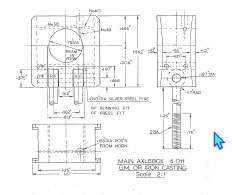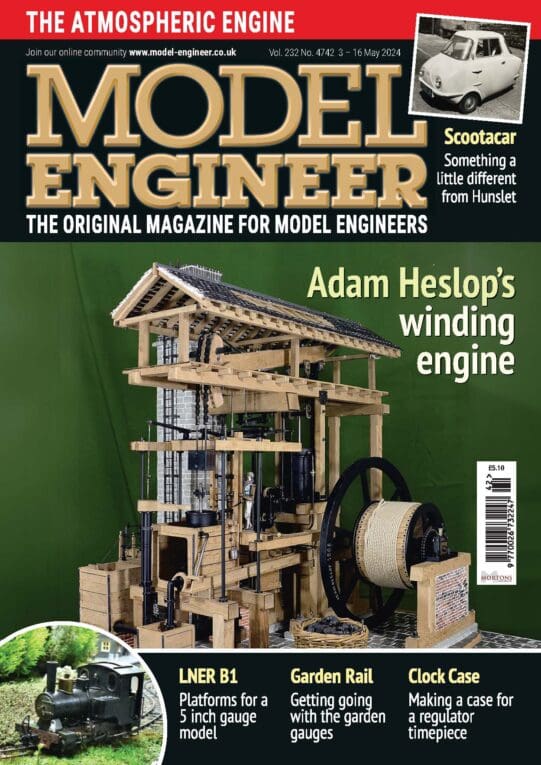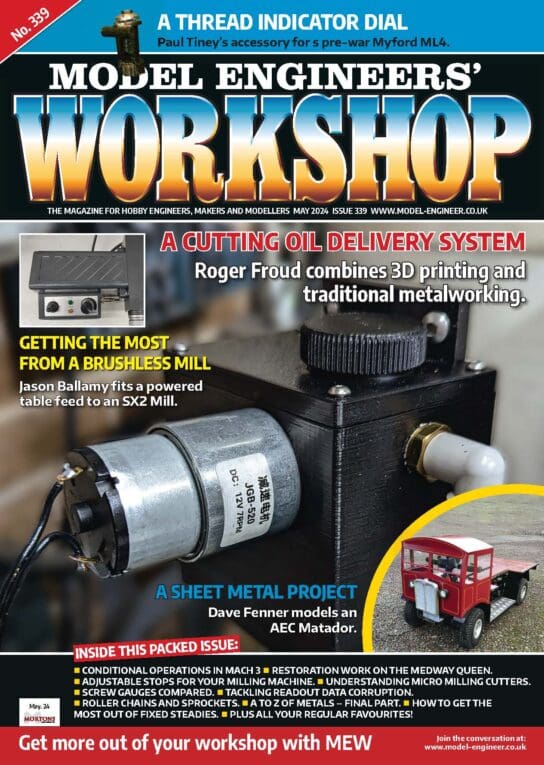Hello Duncan
If I go with Needle bearings on leaf springs the axle box for these have the hangers on the bottom of the box, If I go with coil springs then the rod that holds the coil spring is fixed inside the axle box and has to have slots cut into the axle box for fixing according to the plan.
In measurement terms the coil spring axle box is as follows
The box measures 1.562 from top to bottom ex the spring rods
the centre of the bore is .906″ from the bottom
the bore is .750″ for a plain bore but the needle bearings are 1.000″
the slots that hold coil spring hanger are .375″ deep from the bottom
This means that the increased size of the bore to account for the needle bearings comes close to the bottom of the slots for the coil spring hangers
The math is .906″ – half the bore which is now .500 this leaves .406″ the slots for the coil spring hangers is .375″ which when subtracted form .406″ leaves only .031″ of metal around the needle bearing case
The leaf spring axle box is 1.406″ from top to bottom
the bore for the needle bearings is 1.000″
the centre line for the bore is .750″ but this axle box has no slots milled as the hangers are at the bottom.
This time the math is .750″ – .500″ which is half the needle bearing od comes to .250″ leaving about 8 times more steel to support the bearing.
If you read the above this is what I was really asking which is can .031 of steel around a needle bearing support this on a 5 gauge loco, if not then the answer will be to go back to plain bores as that will leave me steel of about .281″ around the axle as the plain bores are only .750″ and not 1.000″ for the needle bearings.
Kind Regards
Roy
duncan webster 1.





